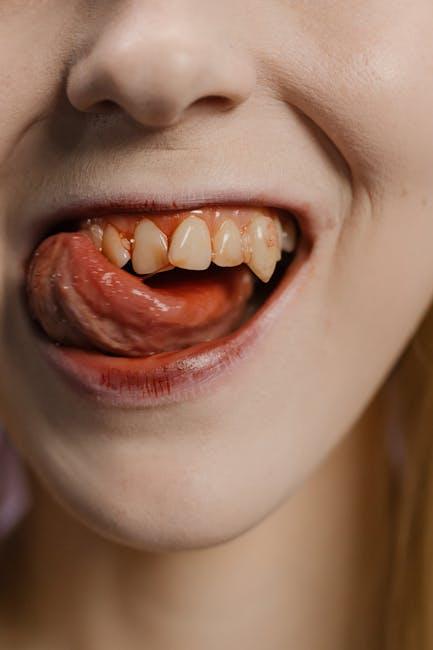
Does Medicaid Cover Dental? Orthodontics, Common Procedures & State Coverage
Understanding Medicaid’s dental coverage can be complex, especially when it comes to orthodontics and essential dental procedures. If you or your family rely on Medicaid for health insurance, you might wonder what dental benefits are included and whether orthodontic treatments like braces are covered. This comprehensive guide from Healthinsurance.org explores Medicaid dental coverage basics, outlines common procedures that may be covered, and breaks down how coverage varies across different states.
What Is Medicaid Dental Coverage?
Medicaid is a state and federally funded program that provides healthcare coverage to eligible low-income individuals and families. Although Medicaid generally covers a wide range of medical services, dental coverage is considered an optional benefit for adults, while children typically have more extensive dental coverage under the Early and Periodic Screening, Diagnostic, and Treatment (EPSDT) benefit.
In simple terms:
- Children under 21: Medicaid mandates dental coverage under EPSDT, including preventive, diagnostic, and treatment services.
- Adults 21 and older: Dental benefits vary widely by state and are often limited, meaning some states cover emergency dental care only, while others offer more comprehensive coverage.
Does Medicaid Cover Orthodontics?
Orthodontic coverage under Medicaid can be confusing since it depends heavily on state regulations and specific eligibility criteria. Here’s what you need to know:
- Children: Many states provide orthodontic services for children if a medically necessary condition exists, such as severe malocclusion, cleft palate, or other dental deformities that affect function or health.
- Adults: Orthodontic coverage for adults is far less common and usually limited to cases with medical necessity. Cosmetic orthodontics—such as braces for aesthetic reasons—are typically not covered.
Medicaid Orthodontics: Criteria for Coverage
States often require:
- A documented medical or dental condition requiring orthodontic correction
- Prior authorization with detailed clinical records
- Referral from a dentist or orthodontist
Because orthodontics can be costly, Medicaid aims to prioritize coverage for cases where treatment is essential to health.
Common Dental Procedures Covered by Medicaid
The range of dental services that Medicaid might cover depends on the state and age of the enrollee, but generally includes:
| Procedure Type | Description | Typical Coverage (Children) | Typical Coverage (Adults) |
|---|---|---|---|
| Preventive Care | Cleanings, fluoride treatments, dental sealants | Comprehensive coverage | Varies – often limited or emergency only |
| Diagnostic | X-rays, exams, oral health screenings | Fully covered | Varies by state |
| Basic Restorative | Fillings, simple extractions, root canals | Typically covered | Varies widely |
| Major Restorative | Crowns, dentures, bridges | Usually covered | Limited or emergency only |
| Orthodontics | Braces, retainers for medically necessary cases | Covered if medically necessary | Rarely covered except for severe cases |
State-by-State Medicaid Dental Coverage Differences
Since Medicaid is a state-administered program, dental benefits can vary dramatically across the country. Some states offer comprehensive dental coverage including orthodontics for children and some adults, while others limit benefits to emergency dental care only. Here’s a simplified overview:
| State | Children’s Dental Coverage | Adult Dental Coverage | Orthodontic Coverage for Children |
|---|---|---|---|
| California | Comprehensive | Limited | Covered if medically necessary |
| Texas | Extensive | Emergency only | Very limited |
| New York | Full EPSDT coverage | Partial, preventive & restorative | Covered for medically necessary cases |
| Florida | Mandatory EPSDT comprehensive | Emergency only | Rarely covered |
| Illinois | Full coverage | Extensive (including some orthodontics) | Covered medically necessary |
Note: Always check your state Medicaid program directly or consult with a dental provider to understand your specific benefits.
Benefits of Medicaid Dental Coverage
Having dental coverage through Medicaid can provide significant health and financial advantages:
- Improved oral health: Access to preventive care helps avoid serious dental problems later.
- Affordable treatment: Essential procedures such as fillings and extractions are covered, preventing costly out-of-pocket expenses.
- Early intervention for children: Timely orthodontic treatment can prevent long-term dental issues.
- Better overall health: Oral health is linked to heart health, diabetes management, and more, making dental coverage critical.
Practical Tips for Maximizing Your Medicaid Dental Benefits
- Know your state’s coverage: Visit your state Medicaid website or call your Medicaid office to get detailed dental coverage information.
- Find Medicaid providers: Use online provider directories to locate dentists who accept Medicaid near you.
- Confirm orthodontic eligibility: If you believe orthodontics may be necessary, get a dental evaluation and check if your condition meets medical necessity criteria.
- Schedule regular preventive visits: Taking advantage of cleanings and exams can prevent costly and invasive treatments later.
- Keep documentation: Save all treatment plans and approvals for procedures requiring prior authorization, especially orthodontics.
Firsthand Experience: Using Medicaid for Orthodontics
Jane, a mother from Ohio, shares her journey:
“When my son needed braces due to a severe bite problem, I worried Medicaid wouldn’t cover it. After consulting his dentist and submitting the necessary documentation for medical necessity, Medicaid approved the treatment. It took patience, but the coverage saved us thousands. Always advocate for your children’s dental needs!”
Conclusion
Medicaid dental coverage, including orthodontics, varies state by state and depends largely on age and medical necessity. While children typically receive broader dental benefits—including potential orthodontic coverage—adult dental coverage remains more limited. Understanding your state’s specific Medicaid benefits and requirements is essential to make the most of your coverage and maintain good oral health. With timely preventive care and proper advocacy, Medicaid recipients can access dental services that promote healthier smiles and overall well-being.
For the most accurate and updated information, always refer to your state’s Medicaid dental program or consult a Medicaid-enrolled dental provider. Don’t let questions about eligibility or coverage stop you from seeking the dental care you need!


